While we’re busy debating cold plunges and arguing over the best water bottle brand, entire metro cities are running dry behind the scenes. And no, it’s not just dusty desert towns anymore. Coastal cities, mountain hubs, and even places that get decent rainfall are quietly inching toward serious water trouble. Between climate change, overpopulation, and infrastructure that still thinks it’s 1974, some cities are headed straight for a hydration crisis by 2030. Think saltwater sneaking into aquifers, rivers running dry, and lakes that used to look like vacation spots now looking like crime scenes.
1. Phoenix, Arizona
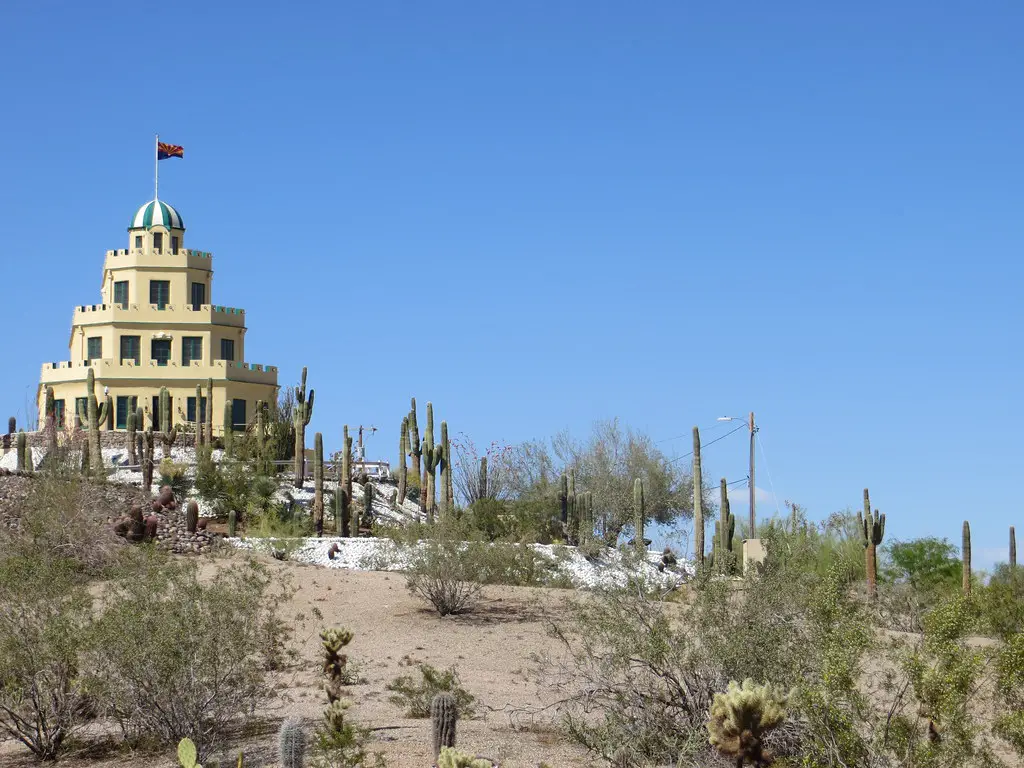
Phoenix is basically a real-life Sims game built in the middle of a sun-drenched oven. For decades, the city has been guzzling water from the Colorado River like there’s no tomorrow—but tomorrow is now a very real concern. With temperatures rising and river levels dropping, Phoenix is facing what experts call an “unsustainable trajectory.”
According to a sobering analysis from The Washington Post, Phoenix’s water future is deeply tied to a dwindling resource that multiple states also rely on. That means less water, more competition, and eventually… restrictions. Combine that with explosive population growth and you’ve got a recipe for the driest boomtown crisis in the country. Developers are already getting turned away because there isn’t enough water to support new neighborhoods. It’s giving “we built too much and didn’t plan ahead” energy. Moral of the story? Just because it has cacti doesn’t mean it’s prepared for a drought.
2. Los Angeles, California

LA is the kind of place that throws a drought warning while also letting you spot someone power-washing their driveway in the same afternoon. The city has always had a complicated relationship with water—mainly, it doesn’t have enough and keeps borrowing it from elsewhere. And now, climate change is tightening the faucet.
LA’s future water supply is so precarious that officials are scrambling to diversify sources, including recycled wastewater and desalination. But that tech is expensive, slow to scale, and doesn’t magically solve the underlying issue: demand far exceeds supply. Meanwhile, snowpacks that once fed SoCal reservoirs are shrinking faster than a Hollywood PR crisis. Conservation efforts are helping, but not enough. LA is in a race against time to rethink its entire water infrastructure. Until then, that infinity pool in the Hills? Kind of a bad look.
3. Salt Lake City, Utah

Here’s a fun fact you probably didn’t need today: the Great Salt Lake is drying up. Like, rapidly. And Salt Lake City—which relies on that watershed for its drinking supply—is in serious trouble if it disappears. The lake is already at record-low levels, and if it hits ecological collapse, it could send arsenic-laced dust clouds blowing straight into town.
As reported by scientists and city officials in The Salt Lake Tribune, experts are practically begging for action. The issue? Growth keeps outpacing conservation. New homes, new lawns, more showers—all pulling from the same limited water supply. And with hotter summers and less snowmelt, the lake isn’t replenishing. Salt Lake might sound like a mountain oasis, but it’s quietly edging toward environmental disaster. If you’ve ever dreamed of moving to Utah for the views, maybe double-check the air quality projections.
4. El Paso, Texas
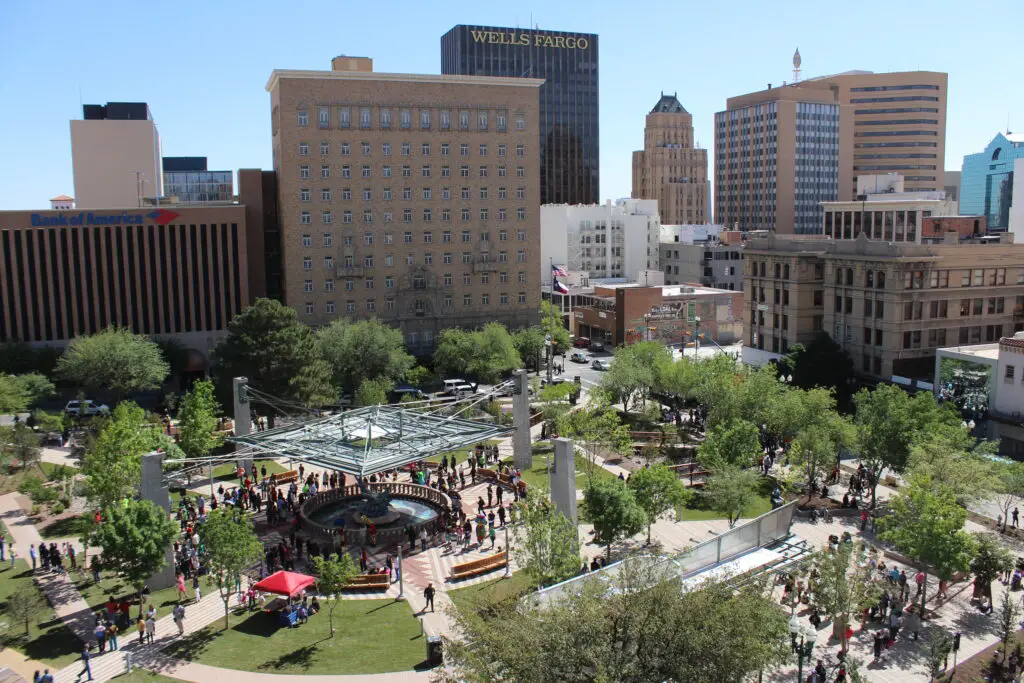
El Paso is the kind of city that knows how to stretch a gallon of water—but even that frugal mindset might not be enough. The region depends heavily on the Rio Grande, which, spoiler alert, has been shrinking faster than expected thanks to climate change and upstream overuse. Water here is so limited that city planners have already launched a “toilet-to-tap” recycling program. Yep—recycled wastewater is about to become your new neighbor.
El Paso is one of the first U.S. cities fully leaning into potable reuse to meet its future needs. That’s innovative, sure—but it also signals how dire the situation has become. If river flow continues to decline, the city’s going to rely almost entirely on these engineered systems. It’s a major infrastructure bet that has to work. The upside? El Paso may become a blueprint for other cities in crisis. The downside? They might not have a choice.
5. Miami, Florida
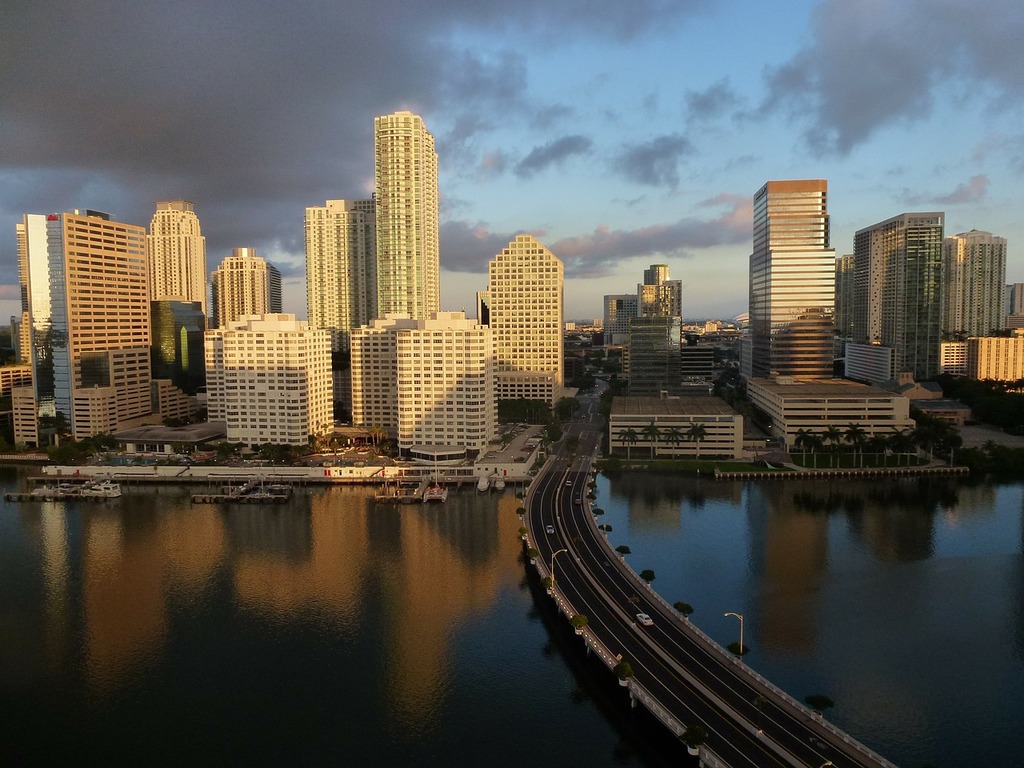
You’d think a city surrounded by water would be fine, right? Wrong. Miami’s not running out of water—it’s slowly being poisoned by it. Saltwater intrusion is creeping into the Biscayne Aquifer, the primary source of fresh water for the city. As sea levels rise, saltwater seeps underground and contaminates the very supply people depend on to cook, clean, and hydrate.
CBS News warned that this “invisible crisis” is one of the most pressing environmental issues in South Florida. The city is already spending millions to fortify infrastructure, but once saltwater reaches a certain point, reversing the damage gets nearly impossible. Meanwhile, development continues at a breakneck pace. More high-rises. More lawns. More pressure on a shrinking clean water buffer. If you’re thinking of retiring by the beach, Miami’s water future deserves a closer look—and maybe a water filter.
6. Las Vegas, Nevada

Vegas is flashy, fast-paced, and famous for making water do things it has no business doing in the desert—like fountains that dance to Elvis songs. But behind the spectacle is a city aggressively trying to stay hydrated. Lake Mead, which supplies most of Vegas’s water, has been shrinking for years, and it’s now at historically low levels. And while the city has made huge strides in water conservation, including banning “nonfunctional” grass, the reality is simple: there’s only so much water to go around.
The Strip may look glitzy, but it actually uses a tiny fraction of the city’s supply—it’s the suburban lawns and endless golf courses doing the heavy lifting. Vegas is already recycling nearly all of its indoor water, but outdoor use is a tougher beast. If drought conditions continue, water restrictions could tighten even more. The city’s growing population isn’t helping either. So while the roulette wheel keeps spinning, the water future looks less like a jackpot and more like a warning light.
7. Denver, Colorado

Denver seems like it should have plenty of water—after all, it’s nestled right in the Rockies. But that snowmelt feeding the city’s supply? It’s coming in thinner and earlier every year. Climate change has led to warmer winters, less snowpack, and faster runoff, which means less water when it’s actually needed. Denver also relies on the Colorado River Basin, which is already stretched dangerously thin.
The city’s population has ballooned over the past two decades, increasing demand on a shrinking resource. Officials are pushing conservation programs and rethinking development, but it’s a race against time. If drought patterns continue and population trends hold, Denver could be facing real shortages in the next 5–10 years. And no, those craft breweries and rooftop gardens don’t count as water savings. Mountain vibes are great, but they don’t guarantee long-term sustainability.
8. Atlanta, Georgia
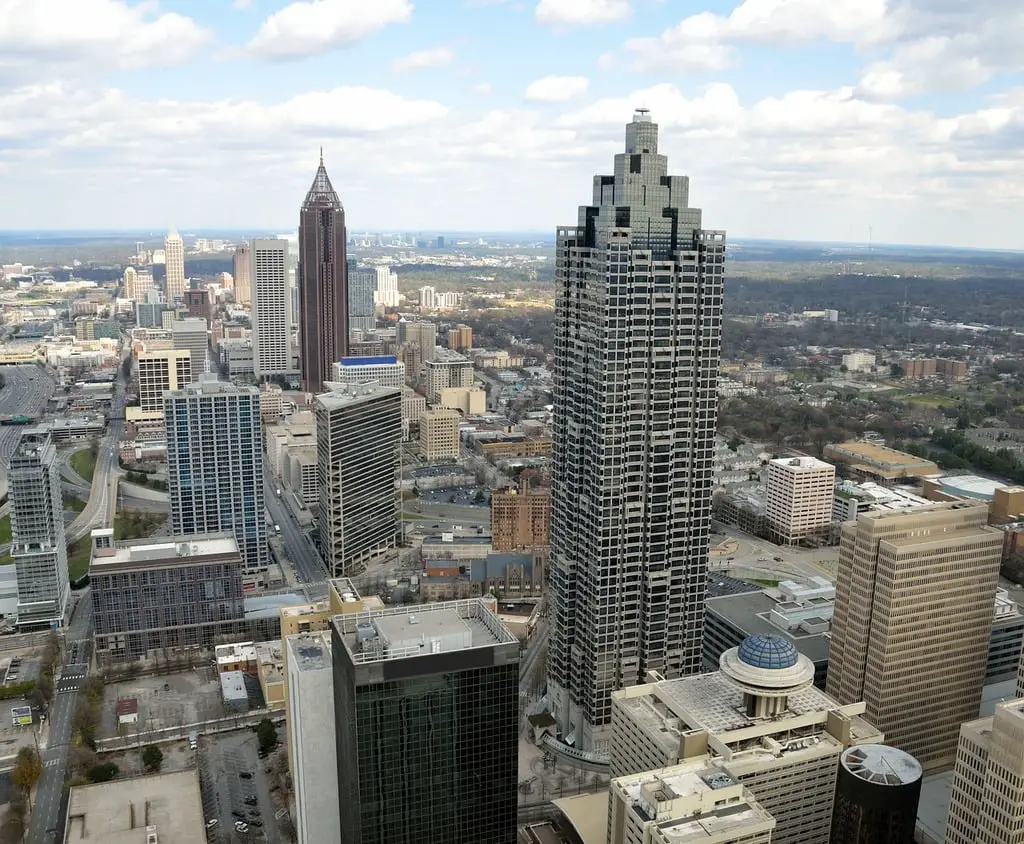
Atlanta’s water crisis isn’t about deserts or droughts—it’s about politics. The city gets most of its water from Lake Lanier, and it’s been in a decades-long legal fight with Alabama and Florida over who gets how much. Meanwhile, Atlanta’s population keeps growing, and the infrastructure isn’t exactly keeping up. Add in the occasional drought and it becomes clear the system is operating on a pretty fragile balance.
If the courts ever rule against Atlanta in the water wars, the city could find itself scrambling. It’s also one of the few major metros in the country with only one major water source—making it super vulnerable to disruption. So while it may rain plenty in Georgia, access to reliable water is anything but guaranteed. If things don’t shift soon, Hotlanta could become thirsty in more ways than one.
9. San Antonio, Texas
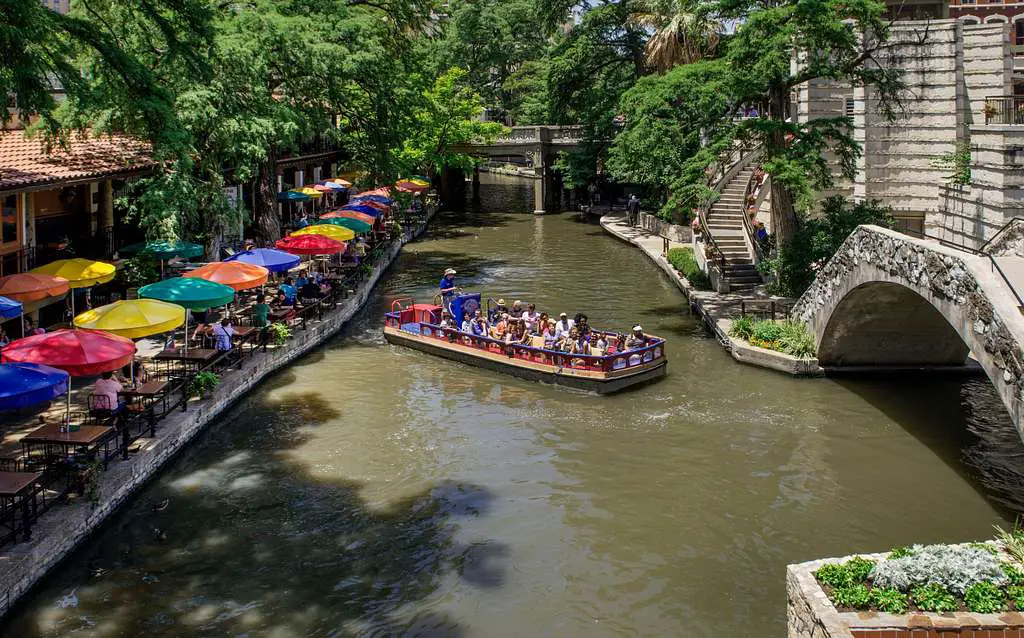
San Antonio gets most of its water from the Edwards Aquifer, a fragile underground system that’s being pulled on from multiple directions. Unlike surface water, aquifers don’t refill quickly—especially when you’ve got drought, urban sprawl, and rising temps working against you. The city has made big moves in conservation, but growth is still outpacing resources.
If rainfall stays low, the aquifer won’t keep up. There’s also a legal obligation to protect endangered species living in the aquifer’s spring system, meaning water use can be restricted for ecological reasons. San Antonio’s done a lot of things right—but even the best plans start to crack under sustained pressure. Between agriculture, population booms, and climate volatility, this Texas city is walking a very fine line. If things dry up, it won’t take much for a full-blown crisis to emerge.
10. Fresno, California

Fresno is ground zero for the Central Valley’s water drama. Agriculture runs the show here, and it takes a lot of water to keep those almonds and grapes thriving. But the water tables are dropping like it’s a clearance sale, and that’s not good news for anyone. During the last drought, some communities near Fresno literally ran out of water, relying on trucked-in emergency supplies.
The city has leaned hard on groundwater pumping, which is causing land to sink in some places. Yes, you read that right—the ground is literally collapsing. Fresno’s also dealing with outdated infrastructure and water rights battles that make solving the issue even trickier. In short, the region is using more than it can sustainably replace. Without major changes, Fresno could be facing a water reckoning sooner rather than later.
11. Albuquerque, New Mexico
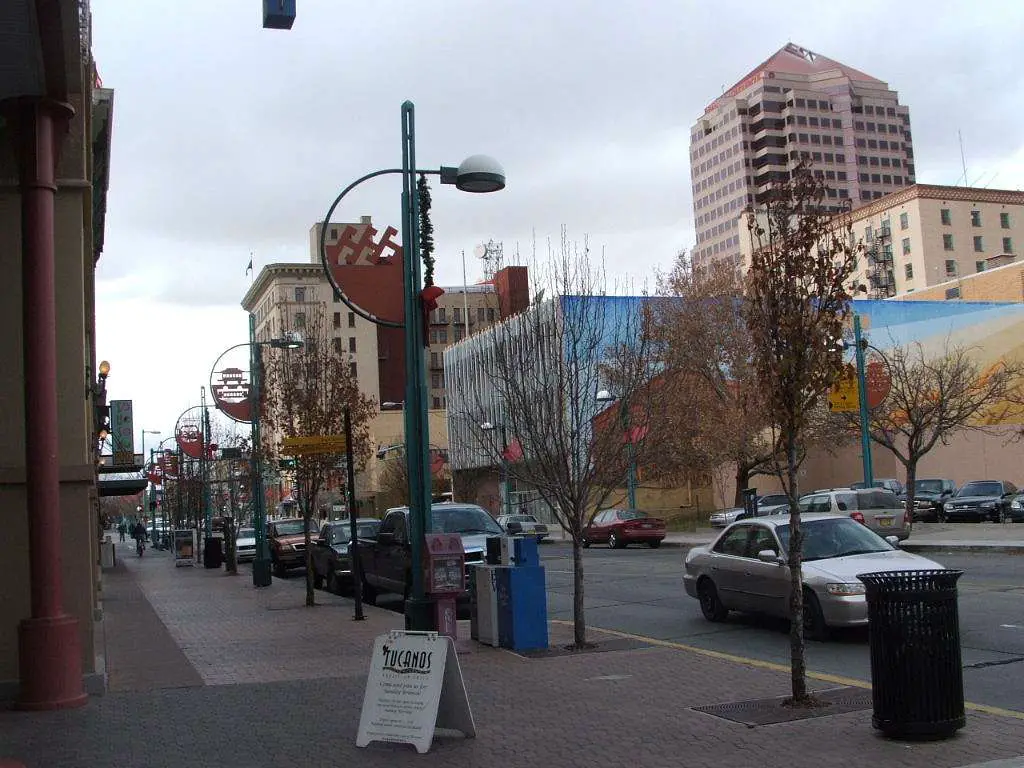
Albuquerque is in a desert, so you’d think everyone would treat water like liquid gold. And for the most part, they do—it’s one of the most conservation-minded cities in the country. But even great habits can’t stop the Rio Grande from running dry. Lower snowmelt from the Rockies means less water flowing into town, and warmer temps mean more evaporation.
The city relies on both river water and an aquifer, but both are under stress. Climate models aren’t optimistic, and the risk of long-term shortages is growing. With nearby regions also facing their own water woes, Albuquerque can’t count on help from neighbors. Water reuse programs are expanding, but the pressure is on. It’s a slow-burn crisis—but one that could escalate fast.
12. Tampa, Florida
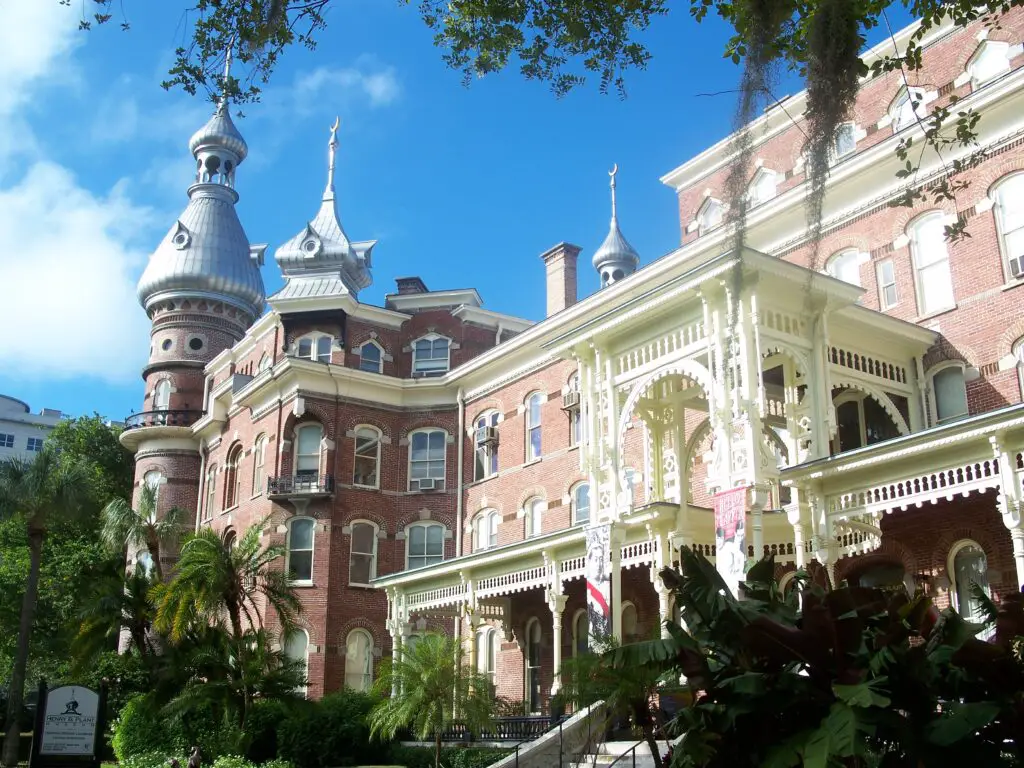
Tampa doesn’t look like a water-stressed city—it’s humid, surrounded by water, and gets regular rain. But like Miami, its challenge is more about quality than quantity. Saltwater is creeping into freshwater sources, and aging infrastructure makes the city vulnerable to contamination and shortages during storms. As sea levels rise, the risk of saltwater intrusion only grows.
At the same time, Tampa’s booming population is pushing its water system to the limit. New developments mean new lawns, more pools, and a whole lot more flushing. While the city has invested in desalination and alternative sources, those systems are costly and energy-intensive. Without major changes, Tampa’s water woes could shift from theoretical to urgent in the coming years.
13. Colorado Springs, Colorado
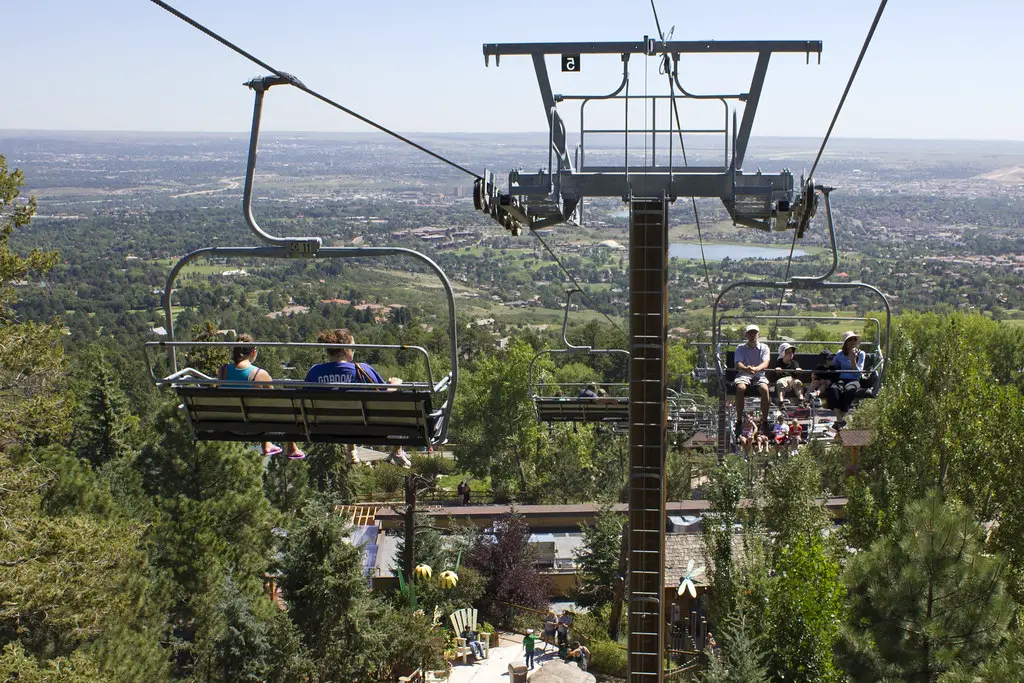
Tucked at the foot of the Rockies, Colorado Springs feels like it should be overflowing with fresh, clean water. But its reliance on mountain snowpack and trans-basin diversions means it’s vulnerable to changes upstream. When snow comes late—or not at all—the city feels it fast. Add in wildfire risk (which impacts water quality) and it’s a one-two punch.
Colorado Springs is also growing fast, with development sprawling into once-rural areas. That means more demand on a limited supply, especially during hot, dry summers. Officials are pushing water conservation hard, but there’s only so much you can do without more water in the system. It’s a case of great location, tricky logistics. And if the snow keeps shrinking, so might the city’s water security.
